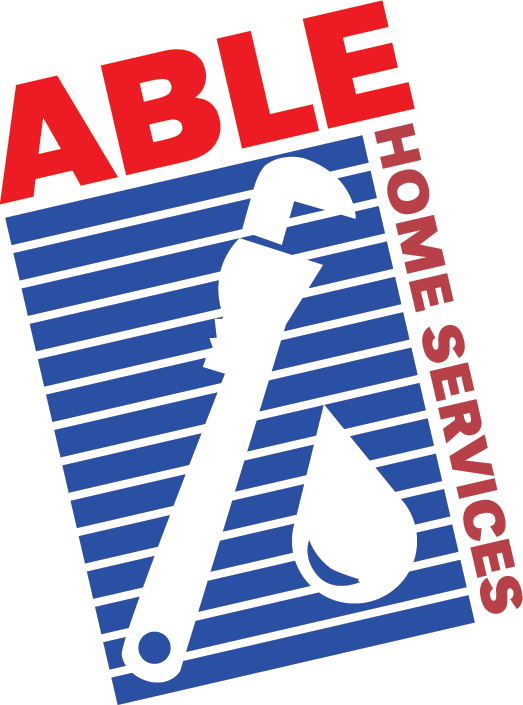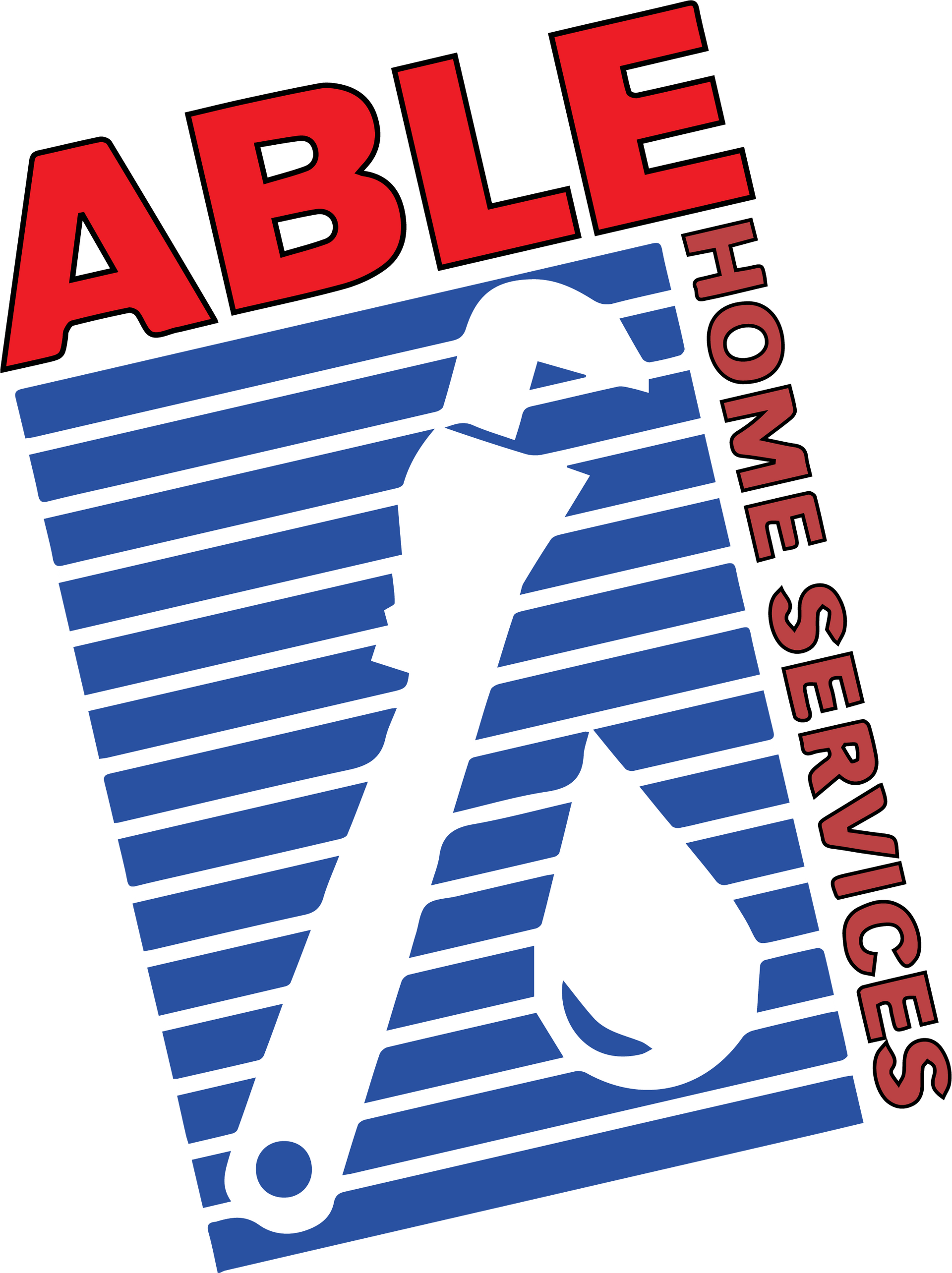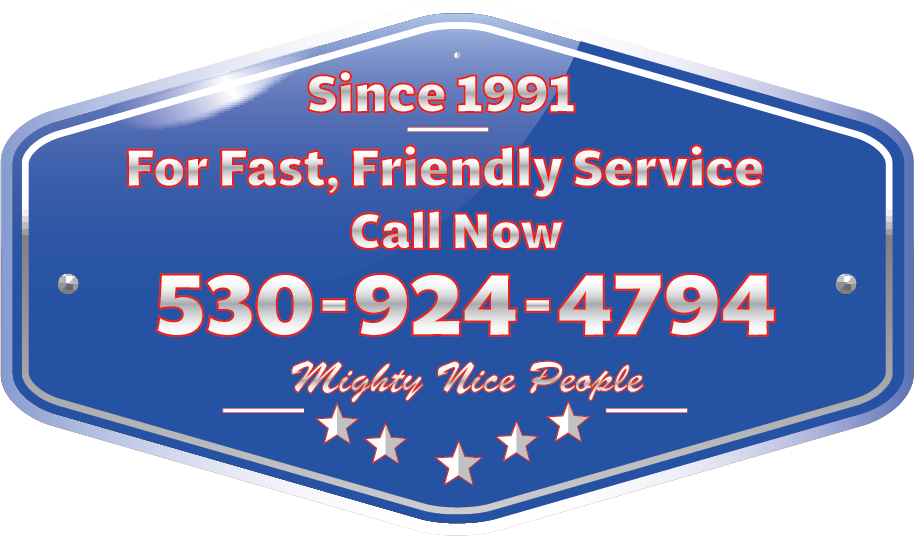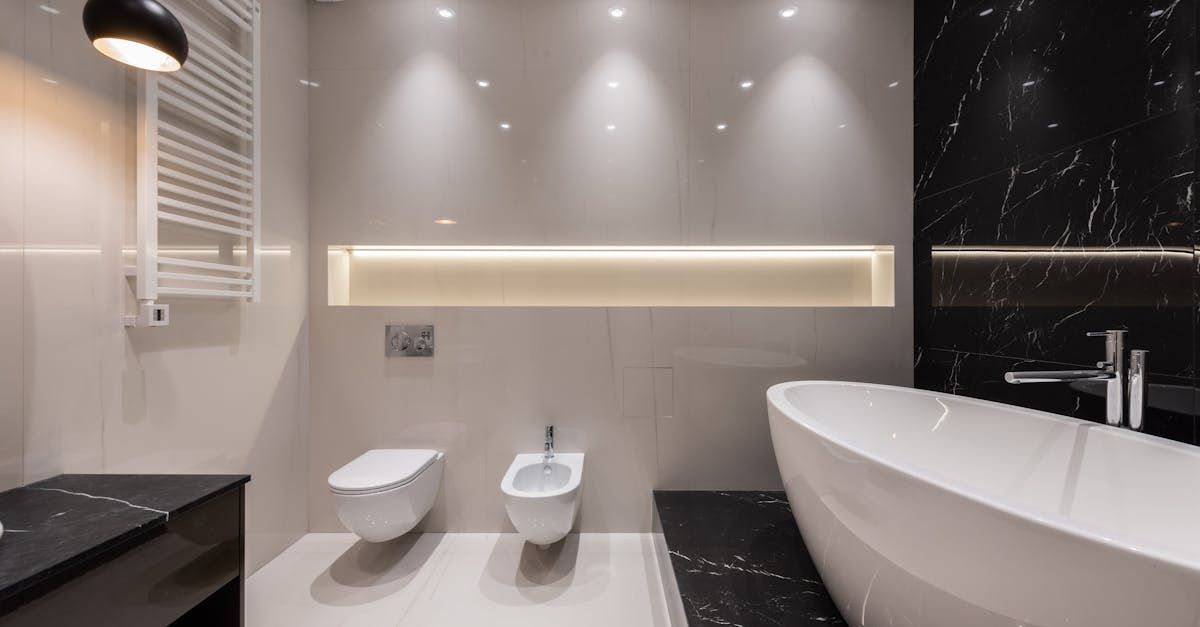Bathroom Issues
Get the Service You Want and Need!
Quick Category Links
Bathroom Issues! Nobody likes them but that's what we're here for!!
We've made sure you can find all the information you are looking for when it comes to your plumbing needs and wants in your bathroom. Click on any of the quick links below to learn some great information to help you out. If the service required goes beyond your capabilities or desire to do it yourself, you can always count on us to help.
How Able Plumbing Helps in Installation, Repair and Maintenance of your toilets and bidets
From traditional gravity-flush toilets to modern smart toilets with features like dual-flush options and built-in bidets, a professional plumber ensures proper installation for optimal performance and compliance with plumbing standards.
Bidets: Whether standalone fixtures or add-ons like washlets, we can seamlessly integrate bidets into your bathroom setup, connecting them to existing water lines and ensuring proper functionality.
Repair and Maintenance
Regular maintenance can prevent issues like clogs, leaks, and inefficiencies. Professional plumbers can quickly address problems such as running toilets, faulty flush mechanisms, or damaged seals.
Maintenance for bidets includes ensuring water temperature and pressure controls function correctly, fixing leaks, and replacing worn-out components to maintain hygiene and comfort.
Other Benefits of Professional Assistance
Enhanced Hygiene: Bidets promote superior cleanliness compared to toilet paper, reducing irritation and potential health risks.
Environmental Impact: Plumbing companies can help households transition to bidets, contributing to reduced toilet paper waste and a more sustainable lifestyle.
Cost Savings: Proper installation and maintenance reduce the need for frequent repairs, saving money in the long run. Bidet use can also lower household expenses by minimizing toilet paper consumption.
Accessibility: For individuals with mobility challenges, plumbers can install and customize bidets or washlets to improve bathroom accessibility and convenience.
Tubs vs. Showers: Finding What Works for You
Tubs have long been the centerpiece of bathrooms, offering a haven for relaxation and unwinding. From deep soaking tubs to whirlpool baths, options abound for those looking to creating a spa-like atmosphere in your bathroom. Showers, on the other hand, cater to the need for convenience and efficiency, with modern designs focusing on spaciousness, multiple showerheads, and even steam capabilities to transform daily routines into rejuvenating experiences.
It's All About You!!
It's important to remember that preferences vary, and what looks and feels wonderful to one person might be another's preference for completely different things. This is why there are so many different choices from finishes, material, and sizes for tubs and showers. Our aim at Able Plumbing is to ensure your bathroom caters to your unique preferences, providing the luxury of choice as well as how you want those fixtures to perform to your liking.
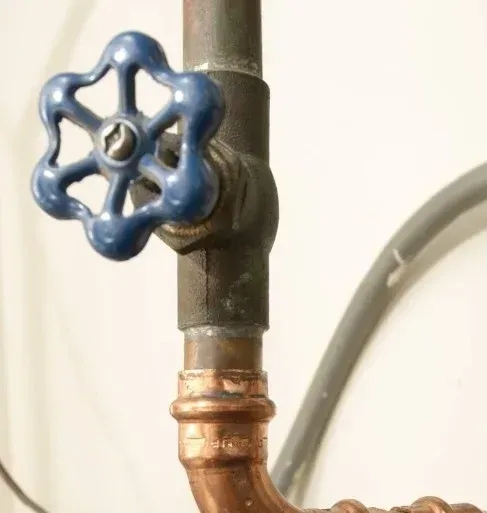
Functionality of Shut Off Valves
Shut off valves are designed to control the flow of water to plumbing fixtures, allowing homeowners to stop water supply quickly in case of leaks, repairs, or maintenance tasks. By turning off the water at the source, these valves prevent potential flooding and water damage, making them an essential component of a well-functioning bathroom.
Types of Shut Off Valves
Several types of shut off valves are commonly used in bathroom plumbing, each suited for different applications:
- Compression Valves: Often used for sinks and toilets, these valves require a turn of a knob or handle to control the water flow.
- Ball Valves: Known for their durability and reliability, ball valves use a lever to start or stop water flow and are typically used for main water shut offs.
- Gate Valves: These valves offer precise control over water flow but are less commonly used in residential bathrooms due to their susceptibility to corrosion.
- Angle Valves: An angle valve is a type of shut-off valve used in plumbing that controls the flow of water to various fixtures, such as sinks, toilets, and bidets. Its distinguishing feature is the 90-degree angle between the inlet and outlet. This design is particularly useful in situations where the water supply pipe comes out of the wall, and the fixture it serves requires a turn to connect, making angle valves an ideal choice for bathroom and kitchen installations.
The Importance of Grab Bars
Grab bars offer support and stability in the bathroom, helping to prevent falls by providing a sturdy handle to grip when moving around wet and slippery areas. Their benefits extend to:
- Preventing Slips and Falls: The primary function of grab bars is to reduce the risk of accidents by allowing individuals to maintain balance and support.
- Assisting Mobility: For those with mobility issues, grab bars facilitate safer and more independent movement, such as sitting down or standing up from the toilet or getting in and out of the bathtub or shower.
- Versatility: Beyond safety, grab bars can be integrated seamlessly into bathroom design, offering both functionality and aesthetic appeal.
Considerations for Grab Bar Installation
- Location: Common installation sites include near the toilet, inside the shower, and alongside the bathtub. The specific needs of the user and the bathroom layout will dictate the optimal placement.
- Height and Angle: Grab bars should be installed at a convenient height for the user, with horizontal and vertical orientations being the most common. Diagonal grab bars can also be effective, though they require careful consideration of the angle to ensure ease of use and stability.
- Type of Grab Bar: There are various styles of grab bars, including suction-mounted, screw-mounted, and clamp-on bars. Permanent, screw-mounted grab bars offer the most reliability and should meet ADA (Americans with Disabilities Act) specifications for diameter and load-bearing capacity.
- Professional Installation: To ensure grab bars are securely attached and can support the intended weight, professional installation is recommended. This often involves anchoring the bars to wall studs or using appropriate wall anchors in solid, non-stud areas.
